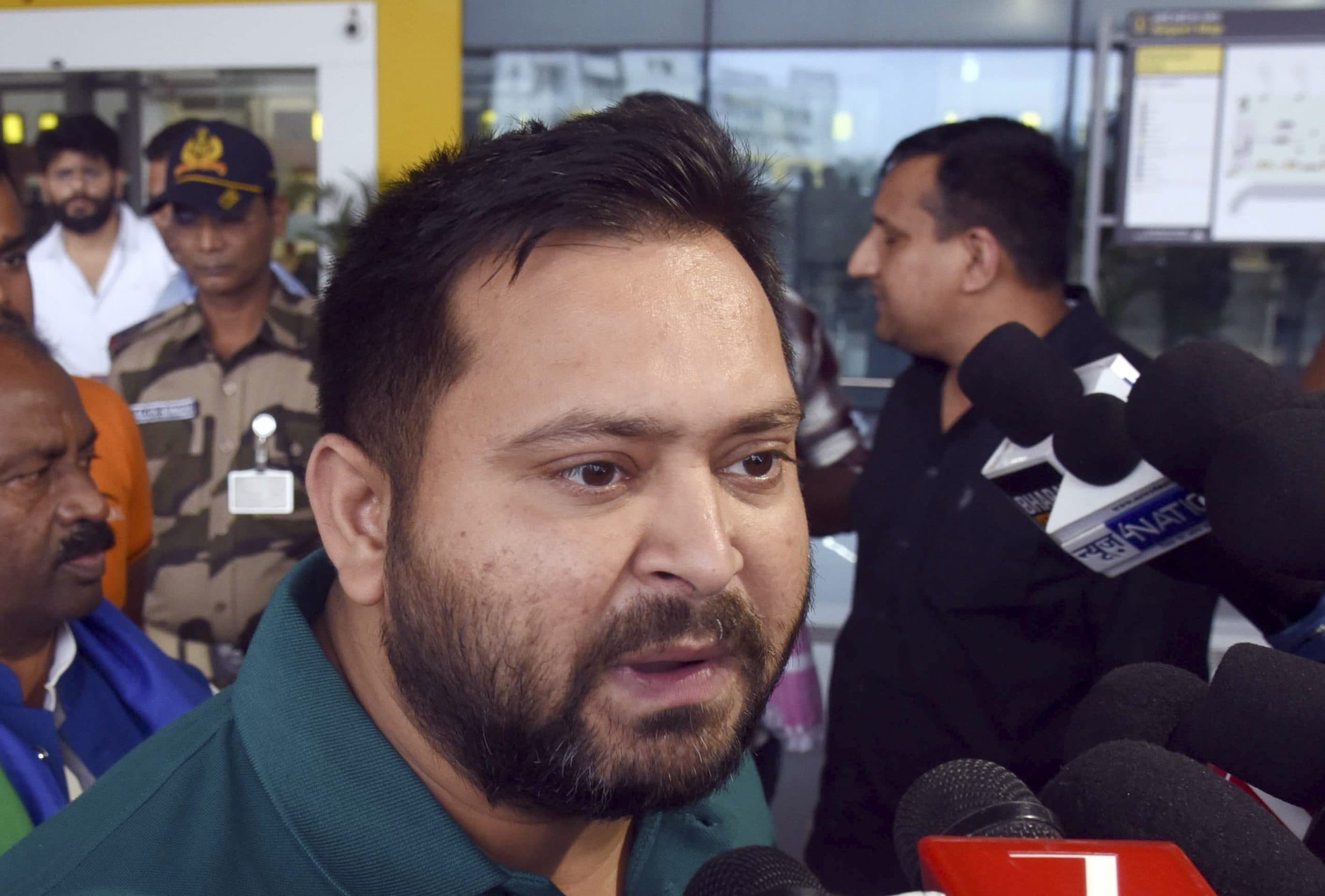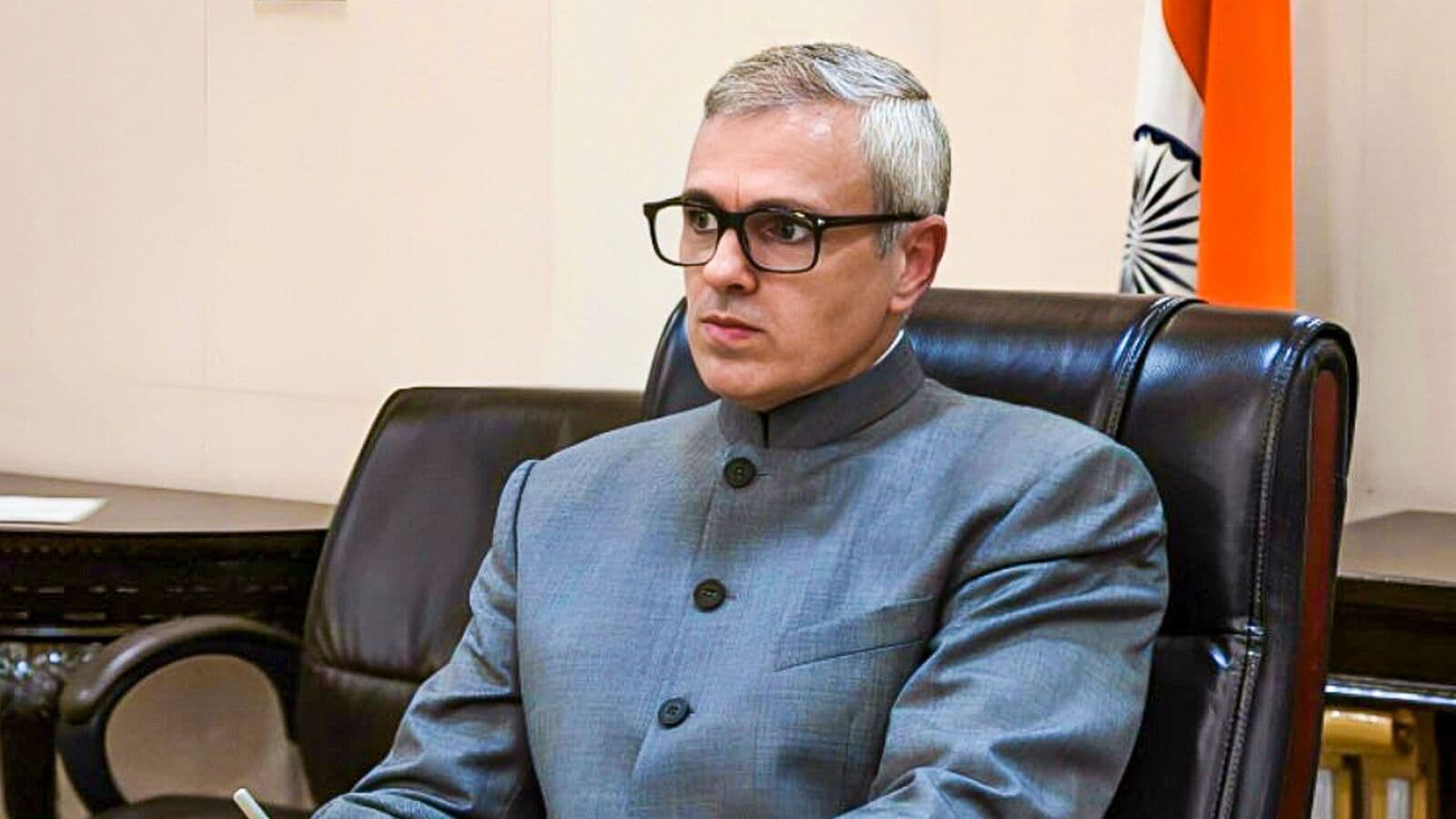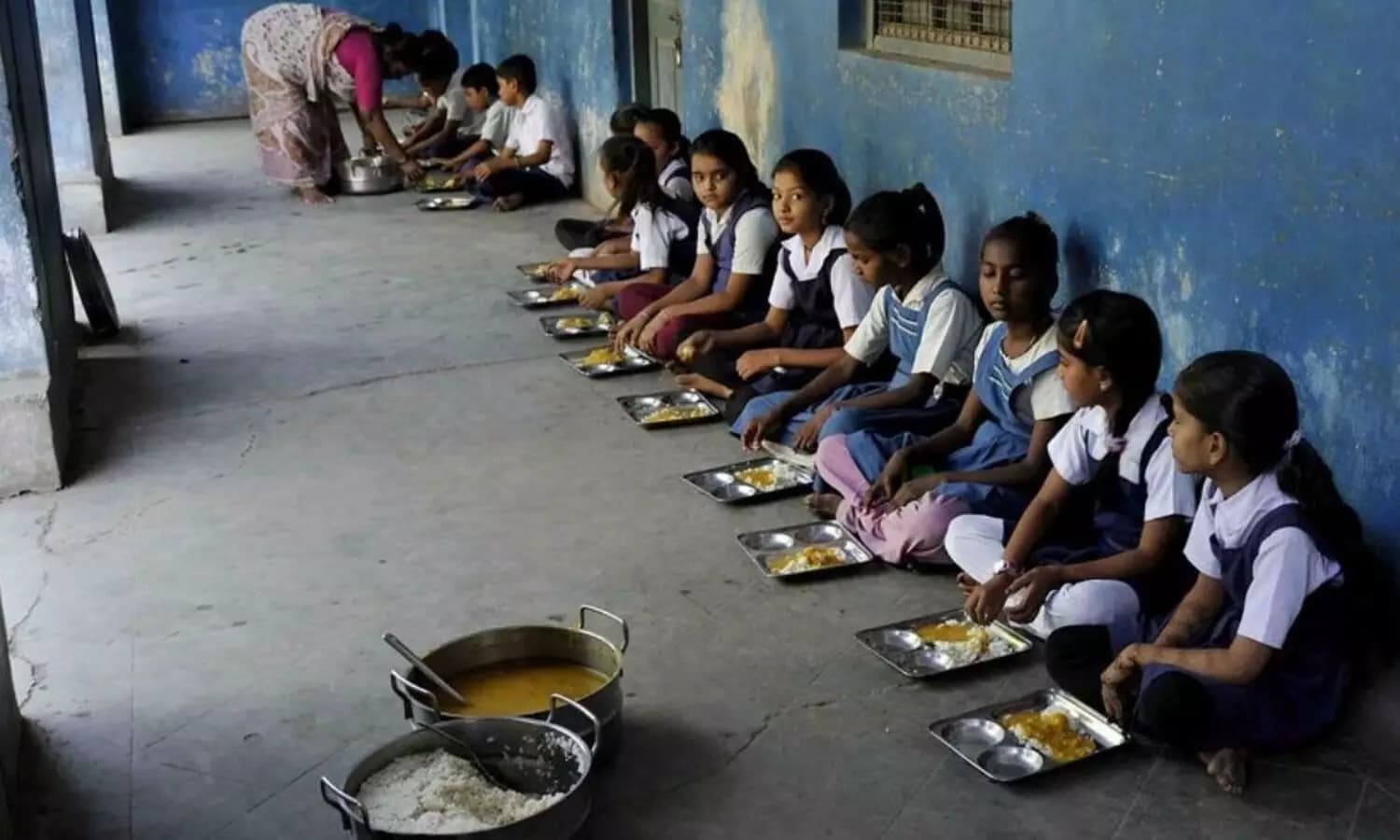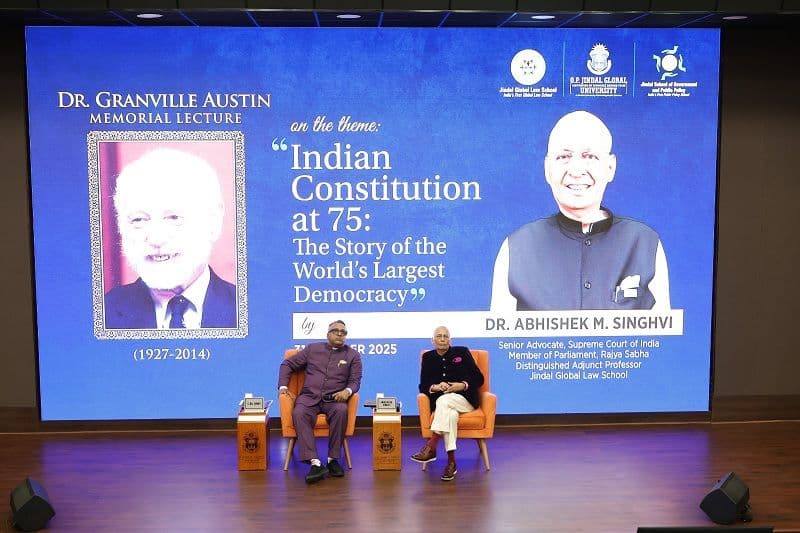A long-anticipated India-US trade deal is on the verge of conclusion, with sources confirming that all terms between both sides are “agreed and locked.” If negotiations stay on track, the interim deal is expected to be officially announced before July 8, just ahead of the July 9 deadline set by former US President Donald Trump for implementing new reciprocal tariffs globally.
In This Article:
Key Highlights of the Pending Trade Pact
- Trump’s July 9 tariff deadline adds urgency
- India seeks relief on 26% additional levies
- US eyes duty cuts on EVs, wine, apples, and nuts
- India demands exemptions for textiles, gems, shrimp, and leather
- Multi-sector bilateral trade pact aimed for October 2025
Last-Minute Diplomatic Push in Washington
An Indian trade delegation, headed by Special Secretary Rajesh Agrawal, is currently in Washington D.C. to wrap up final details of the agreement. Their focus includes seeking full exemption from the additional 26% tariff imposed by the US on Indian goods from April 2025, which had temporarily been suspended until July 9.
While the baseline 10% duty remains, India’s objective is to secure relief across multiple labour-intensive sectors. These include textiles, gems and jewellery, garments, leather goods, shrimp, plastics, chemicals, oil seeds, grapes, and bananas.
What the US Wants
The US, in contrast, has been lobbying hard for duty concessions on:
- Industrial goods
- Automobiles (especially electric vehicles)
- Wines and spirits
- Petrochemicals
- Dairy and genetically modified crops
One major sticking point remains India’s hesitation to open up the dairy sector, which has never been liberalized under any of its previous trade agreements.
Trump’s “Big, Beautiful” Deal Vision
Trump, speaking to Fox News, reiterated his desire to eliminate all trade barriers, describing the current obstacles as “unthinkable.” India’s Finance Minister Nirmala Sitharaman echoed this sentiment, recalling Trump’s words about wanting a “big, beautiful pact” with India.
The interim trade deal is just the first phase of what both nations hope will evolve into a comprehensive Bilateral Trade Agreement (BTA) by October 2025. Officials say the upcoming pact will span agriculture, automobile manufacturing, digital services, and industrial production.
Moving Ahead
If announced on schedule, this deal could mark a turning point in India-US economic relations, significantly impacting global supply chains and strategic alliances. With the clock ticking toward the July 9 tariff deadline, eyes across global markets remain fixed on New Delhi and Washington.
By – Nikita




